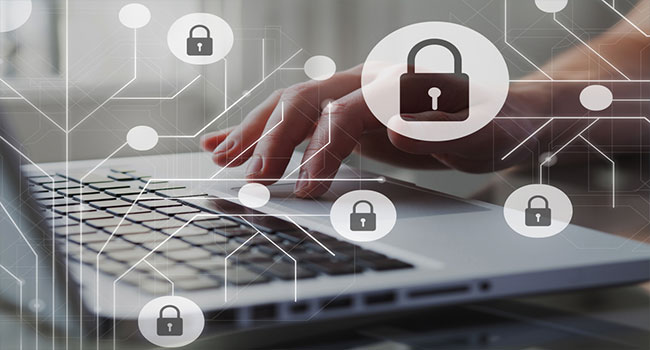
Five Surprising Trends in Cybersecurity
The impact of GDPR, the increasing number of issues with shadow IT and the more advanced solutions for IoT devices are among the most surprising trends.
- By Michael Volkmann
- Aug 23, 2019
Cybersecurity has become one of the largest sectors in the tech industry. As such, cybersecurity has continued to develop surprising new technologies that are transforming the business landscape. This expansion has left some issues that need to be dealt with, however, amongst them being exploited devices and incomplete stock inventory.
The IoT has created a previously unthinkable world of interconnected devices that grants access to the internet across the globe. It has been, by all accounts, a resounding success. However, the IoT is not without its issues, as demonstrated by the number of unmanaged devices without cybersecurity connected to secured internet lines.
1. Managing unmanaged devices
Gone are the days of closed systems. When working in a group, company or any kind of organization, you’re dealing with many devices, some secured, some unsecured.
With the advent of the Internet of Things (the IoT), this problem has only worsened. In fact, many companies don’t even have an inventory of devices that are on their network. Obviously, this is troublesome.
However, cybersecurity professionals are implementing new strategies for managing these unsecured, unmanaged devices by cutting off open access points from sensitive data.
2. Integrating data protections a la GDPR
Europe has implemented data protections for all citizens. With the steady increase in data breaches, the general data protection regulation requires organizations to handle sensitive data with more care than in the past.
Read more: GDPR's Impact on Incident Response
3. Operationalizing small business security
Cybercrime has surged over 175 percent. With this rapid and pronounced increase in cybercrime, there are more incidents of small and medium businesses coming under attack.
Due to recent cyber crimes and major data breaches, smaller companies are beginning to understand the importance of implementing their own system for data protection and crisis management.
Read more: House Passes Two Bills Aimed at Improving Cybersecurity for Small Businesses
For smaller companies, enterprise cybersecurity can mean different things. For medical and law professionals, data should be managed with the utmost care: encrypted and seldom transferred.
4. An increasing number of problems with shadow IT
Updating your IT systems is incredibly important. Many companies do update their operating systems, databases, and protocols. However, they may leave traces of the old systems active, creating a secondary unseen system or “shadow IT system” that is unprotected, unsupported, and unsupervised.
As companies upgrade, update and replace aging systems, it’s going to increase the number of vulnerabilities that are possible, therefore increasing the attention paid to managing shadow IT systems.
5. More advanced solutions for protecting IoT access points
Managing unmanaged devices and protecting data from vulnerabilities due to shadow IT systems are facets of a growing trend. As the number of devices on a network proliferates, the amount of data surges and the number of transfers and exchanges expands, new solutions for protection are necessary.
Namely, cybersecurity professionals are aiming their sights on supervising the unsupervised. One way to protect open access points is to simply have protocols in place that essentially unlink access points from sensitive data in the event of a breach.
Conclusion
The onboarding of millions of unmanaged devices has created millions of exploitable gaps that can be infiltrated by malicious hackers. Solving the issue is not a simple equation, but a start would be taking a complete inventory of managed devices.
A shocking 15 percent of businesses reported having a complete list of their connected devices. This leaves their network and other users subject to the whims of hackers at any time due to unmanaged devices. Expect these two issues to come up often as cybersecurity continues its forward march. Luckily, the GDPR has ordered businesses to protect consumer privacy, no matter the cost.
Then there are the issues of shadow IT that continue to cause massive problems for internet users. Old tech covered up by new technology is a recipe for cybersecurity catastrophe. It leaves security holes for the internal system and the external users. This can easily be accomplished by simply switching off noncompliant technologies and replacing them with cloud technologies.
Overall, it tends to be cheaper to transfer the data and dispose of old technology as an incentive to become more secure. A good deal of rising trends deal with the IoT access points and securing those by whatever means necessary.